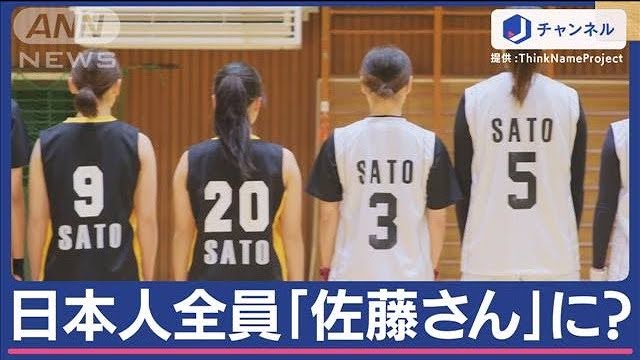Before the pandemic, the idea of ‘blended learning’ was fringe to the entire world.
Most people in academia believed that education must include an element of physical presence on campus. Others argued that remote learning is a fitting substitute for traditional classes.
But since the start of the pandemic, the sentiments have shifted in favor of remote learning. As a result, even the most hardcore proponents of place-based tuition now see a future for a hybrid form of education — blended learning.
This article explores the blended learning model to discover the core benefits and pitfalls it poses.
What Is Blended Learning?
Blended learning is an academic model that combines elements of traditional face-to-face tuition with other virtual alternatives.
This idea of blended learning is relatively new considering the invention of the personal computer and the internet. As a result, academicians are still conflicted about the universal definition of blended learning.
Some educators believe that any form of education that is not entirely ‘on-site’ qualifies as blended learning. Conversely, others believe that any form of tuition that includes automated tasks and online resources is blended learning.
However, both sides are correct...to an extent. If visiting a physical classroom is compulsory to use online academic material, this is tech-induced on-site learning.
But the main factor that differentiates blended learning is the combination of physical interactions and virtual learning principles. Both elements are integral to the definition.
Blended learning also allows students to collaborate with online paper writing services on challenging assignments. These extracurricular academic solution providers are absent in traditional learning models.
Types of Blended Learning
Over the years, various blended learning models have appeared due to the lack of consensus on a unified definition. Besides, some institutions and students can now make custom adjustments to their learning format.
Here are the most common types of blended learning:
1. Remote-Intensive Model
This learning model involves taking classes online and visiting the university only for practicals and exams. This remote model is different from the all-inclusive virtual education, where exams and practical work occur online.
2. Flipped Classroom
The ‘flipped classroom’ style is the reverse of a standard classroom. Traditional classroom norms allow students to study in face-to-face settings and complete extra work remotely. However, flipped classrooms promote online remote learning while students come to school to perform classwork.
3. Project-Oriented Model
This remote-intensive variation limits physical interactions to projects and research work. It is common in postgraduate studies where scholars need to appear in school periodically.
4. Online Labs Format
Students have to complete schoolwork in controlled online classrooms (labs) while being in a physical location. This model is closely related to tech-induced on-site learning. But the critical difference is that they have the option to complete the work remotely.
5. Self-Curated Format
This self-curated model allows students to determine the amount of time spent online and on the campus. In essence, you can move some of your courses online according to your personal timetable. Simultaneously, you can also pick up specific courses outside the standard curriculum while enrolled in an institution.
Benefits of Blended Learning
Blended learning features the best of all standard formats of learning. Let’s look at the advantages of blended learning:
● Risk-Averse
For students with health risks, blended learning presents an alternative to visiting academic institutions. Besides, this model limits the risks of traveling for students living off-campus. And with the current health concerns of the COVID-19 pandemic, more institutions and educators will integrate blended learning into the curriculum.
● Increased Productivity
Blended learning reduces the stress on teachers and allows students to choose a more favorable curriculum. Since the curriculum is more flexible and immersive, students are more productive. Recent research shows that students have increased their engagement in virtual classrooms since the pandemic.
● Data-Intensive
The use of online resources and automated tests provides a centralized platform to collect and process data on student performance. As a result, educators can monitor students’ performance and make changes to their teaching approach accordingly.
● Unlimited Resources
Institutions have physical libraries that provide academic assistance. However, online resources and databases offer more alternatives.
Disadvantages of Blended Learning
Despite the various promises of blended learning, this model has several pitfalls. Most of these disadvantages are a result of reliance on traditional learning formats. Although the entire world is shifting to blended learning, this option might not be best suited for every academic center of learning.
Let’s check out some of the problems associated with blended learning:
● Performance Tracking Issues
When students are in classrooms, the educators can monitor their engagement with the academic material. They can also determine the participation of students and their comprehension of the curriculum. Although remote learning provides useful data on student performance, it sheds little light on the mood of individual students because they ‘blend’ into the collective. Reports from educators also show that online classes are tough to moderate when students are scattered across the globe.
● Lack of Technology and Technical Literacy
Most schools don’t have enough resources to support the virtual side of blended learning. Teachers don’t know how to harness the capabilities of modern tools. Besides, students from low-income households struggle to afford the required academic tools to cope with the curriculum.
● Absence of Physical and Social Interactions
Physical communication is essential to blended learning. So, the absence of face-to-face interactions deprives young scholars of social interaction, which is an integral part of academic training. Although the avoidance of physical contact is necessary at the moment, students will face long-term effects in the coming years.
Conclusion
Blended learning is the education model that suits the current and modern socio-cultural climate. This hybrid model combines features of online tuition and face-to-face learning.
Since the idea of blended learning is relatively new, educators are yet to reach a consensus on the proper definition. However, different variations of blended learning have appeared over the past few decades.
Students can curate their academic timelines or choose a project-based model. They can also access multiple online resources and academic databases.
However, blended learning eliminates the social aspect of education. And most importantly, the absence of technical know-how presents massive challenges to the universal implementation of blended learning principles.










